Pakistan Pavilion at Expo 2010, Shanghai
May 31, 2010 Leave a comment
Theme of Pakistan Pavilion
 The designer and theme developer of the Pakistan Pavilion at Expo 2010, Shanghai is Mr. Asad Wahid who is also tasked with being the director of the Pakistan Section at Expo 2010. In coming up with the theme he states that there are not many places in the world that can boast the strong combination of rich history and diversity as the land known as Pakistan with thousands of years old history of its people having direct experiences from Greek, Arabic, Persian, Turkish, British Sikh, Muslim, Zoroastrian, Buddhist and Hindu cultures, traditions and religions. Hence, Pakistan is gifted with an abundance of diversity in terms of its people, their culture, traditions and languages. Furthermore, the country itself is blessed with strikingly diverse landscapes and natural resources. Unlike the numerous countries of the world where culture and languages are homologous, Pakistan is gifted with an abundance of diversity in terms of its people, their culture, traditions and languages.
The designer and theme developer of the Pakistan Pavilion at Expo 2010, Shanghai is Mr. Asad Wahid who is also tasked with being the director of the Pakistan Section at Expo 2010. In coming up with the theme he states that there are not many places in the world that can boast the strong combination of rich history and diversity as the land known as Pakistan with thousands of years old history of its people having direct experiences from Greek, Arabic, Persian, Turkish, British Sikh, Muslim, Zoroastrian, Buddhist and Hindu cultures, traditions and religions. Hence, Pakistan is gifted with an abundance of diversity in terms of its people, their culture, traditions and languages. Furthermore, the country itself is blessed with strikingly diverse landscapes and natural resources. Unlike the numerous countries of the world where culture and languages are homologous, Pakistan is gifted with an abundance of diversity in terms of its people, their culture, traditions and languages.
Furthermore, the country itself is blessed with strikingly diverse landscapes and natural resources. Keeping aside the temporary and artificial conflict in our area, the century’s old harmonious relations of the diverse people of this part of the world are to be projected which will include the ancient culture such as the remains of Gandhara civilization coexisting with modern life of Islamabad in close proximity, the serene life of the rural parts of Pakistan supporting the ultra modern urban areas and most importantly the diverse culture uniting to make a common place to live founded on the principle of equality for all under the guiding principles of the founder of Pakistan ‘Quaid-e-Azam Muhammad Ali Jinnah’.
Keeping in this line, the theme of Pakistan pavilion was chosen to be ‘Harmony in Diversity’ i.e. the best city of the world is in harmony with its diversity. Furthermore, no amount of modern development can be a substitute for the lessons derived from experiences gained by the collective wisdom accumulated over thousands of years. Therefore, all future developments must keep an eye on such lessons. The harmonious way in which the architecture of all the numerous and varied influences of great civilizations of the world have been incorporated in the Lahore fortress to make it such a beautiful structure symbolizes the reality that the differences of the people of the world can also be channelized into a cooperative and harmonious effort where the positive progress of humankind is the sole goal of the population of the world and this is the overall message behind the Pakistan Pavilion.
Architecture of Pakistan Pavilion and its Inspiration
The Pakistan Pavilion is an exact replica of the ‘Lahore’ Fort made on a ground + 1 level.
The Lahore Fort is an epitomic symbol of the city of Lahore in Northwest of Pakistan which since its creation changed hands from Greek, Persian, Afghan, Sikh , British and Muslim influences to becoming the cultural capital and the heart of modern day Pakistan. The Lahore fort has also been declared a world heritage site by the United Nations.
The citadel is spread over approximately 50 acres and is trapezoidal in form. Although the origin of this fort goes deep into antiquity, the present fortifications were begun by Mughal Emperor Jalaluddin Muhammad Akbar. There is evidence that a mud fort was in existence here in 1021, when Mahmud of Ghazni invaded this area. Akbar demolished the old mud fort and constructed most of the modern fort on the old foundations. The fort’s mud construction dates back to the early Hindu period. The fort is mentioned in connection with Muhammad Sam’s invasions of Lahore in 1180, 1184, and 1186. It was ruined by the Mongols in 1241, and then rebuilt by Balban in 1267. It was again destroyed by Amir Taimur’s army in 1398, to be rebuilt in mud by Sultan Mubarak Shah in 1421, then taken and repaired by Shaikh Ali. The present fort, in brick and solid masonry, was built during Akbar’s reign between 1556 and 1605. Every succeeding Mughal emperor, as well as the Sikhs and the British, added a pavilion, palace, or wall to the Lahore Fort, making it the only monument in Pakistan which represents a complete history of Mughal architecture.
The Pakistan Pavilion depicts the intricate, exotic and unique blend of the past and the present through the theme of harmony in diversity. Pakistan is also one of the greatest examples in the world where the modernity blends seamlessly with the past. Where culture and traditions merge with the present and the future in a rich amalgamation of an unforgettably unique experience for both the city’s citizens and visitors alike. Using Pakistan’s rich history, colourful culture, diverse people, traditions, landscape and other unique features as a template, all the ideal aspects of Pakistan shall be incorporated in Pakistan Pavilion’s presentation as part an ideal city of the present and the future.
The single biggest difference between the Pakistan Pavilion in Expo 2010 and other Expo’s before is the large size and scale on which the pavilion has been built. It is a well known fact that the strong relations between the two countries is not just limited to the governments of our two great nations but rather extend to the grass root level of the populations of Pakistan and China. In view of such strong bonds between the two countries and also the fact that Pakistan was given a special space to build its pavilion right next to the Chinese pavilion, we decided that the Pakistan Pavilion would have to be the most grand and the biggest pavilion ever built in any world expo by Pakistan and this is the reason why we have made the Pakistan pavilion a self built structure on a 2000 sq. yard plot utilizing the latest cutting edge technology on the inside to show case the importance we attribute to China and its people. Read more of this post




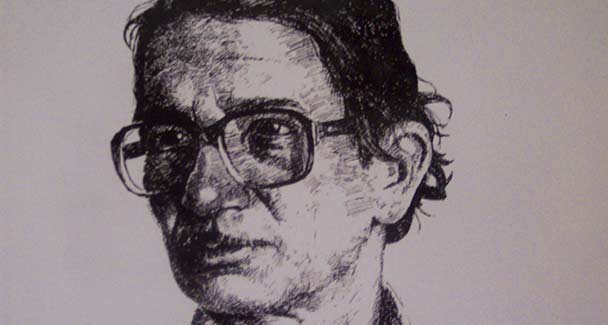
















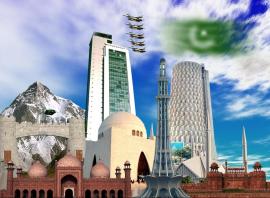
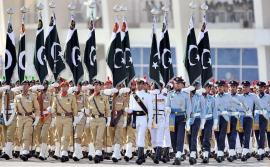

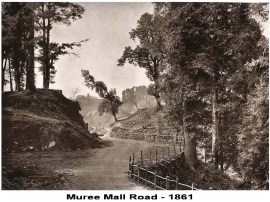
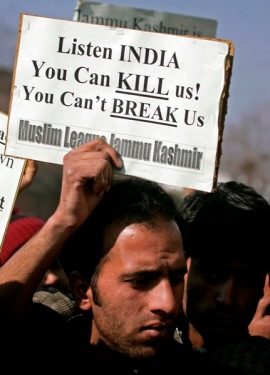




























Recent Comments